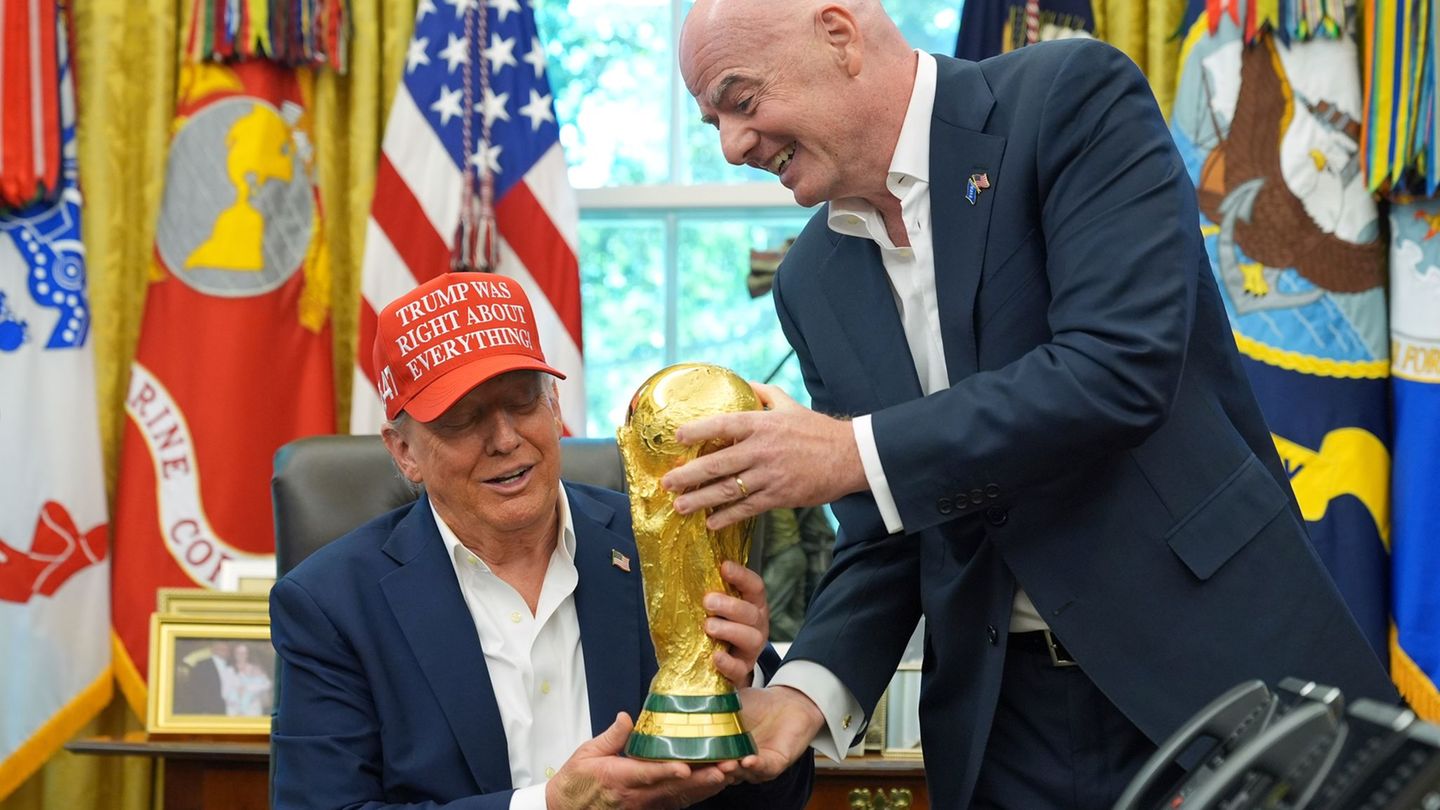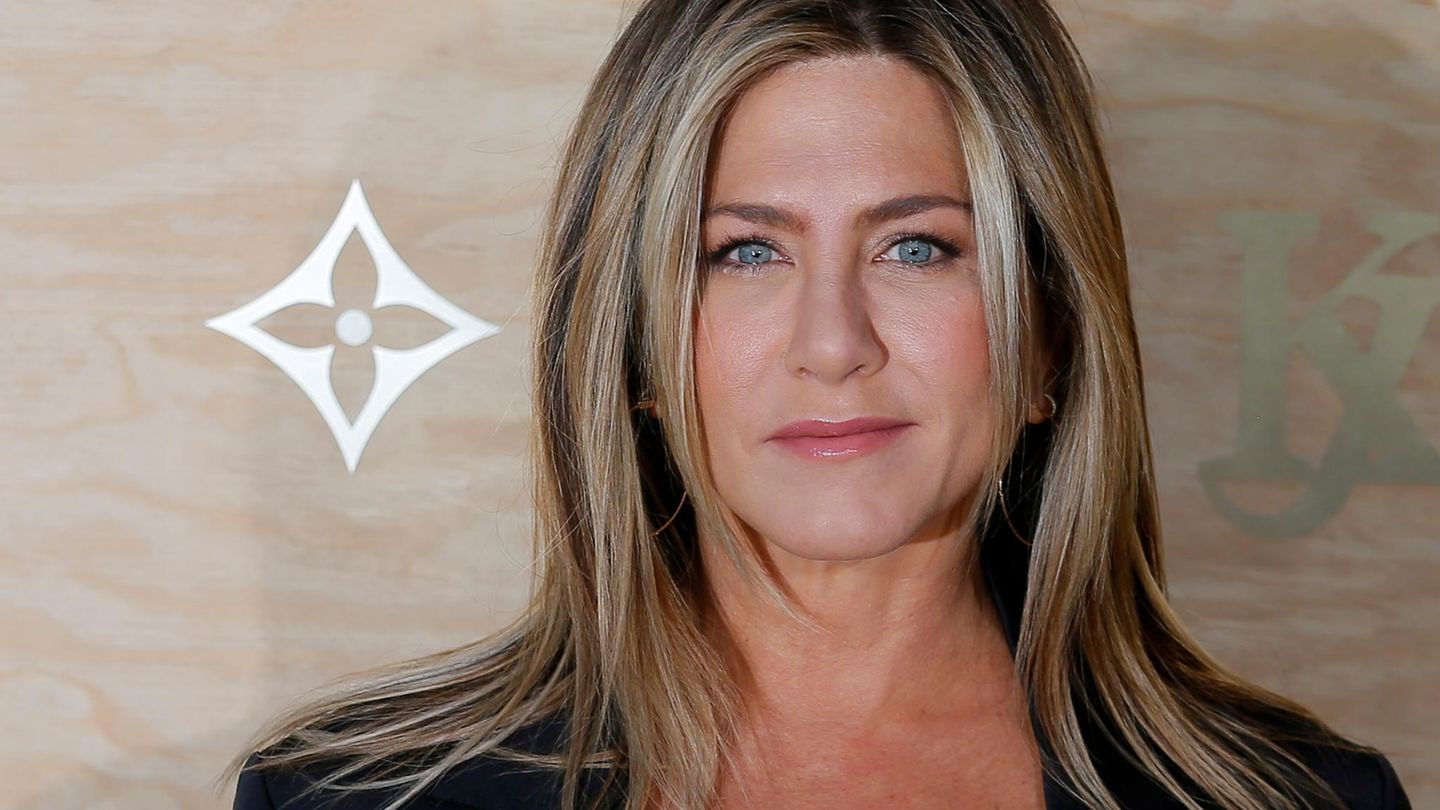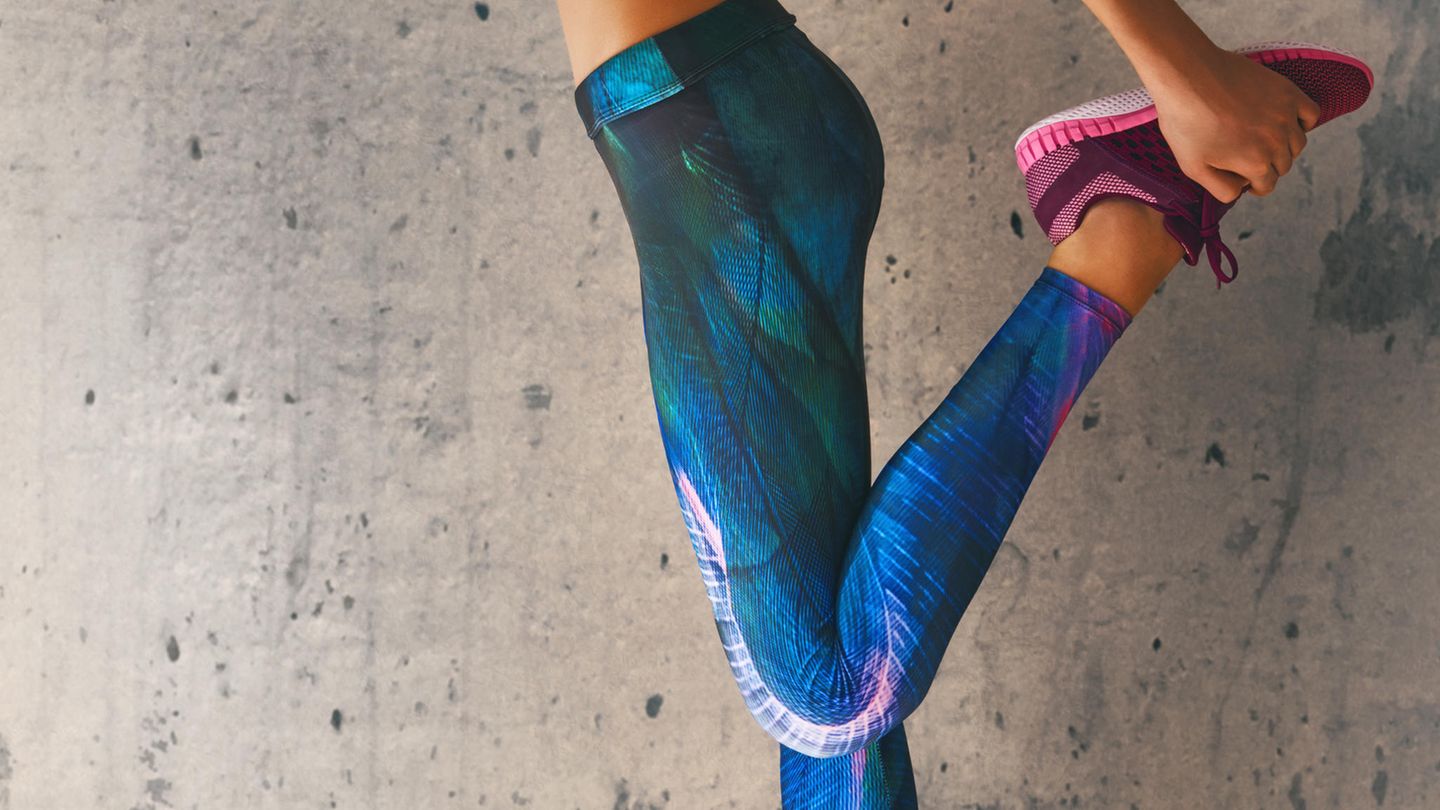Once a year, the 2700-inhabitant community of Gutau in the Mühlviertel district of Freistadt swells into a bustling organism: The dye market attracts 6000 visitors in a single day, on Sunday (May 4th) the 23rd edition of the event, which does not want to be a spectacle, is imminent. More than 100 exhibitors from five nations will offer their work from cuisine to lovingly worked textiles.
The success of the colored market is the growing appreciation for manual work, says Janina Wegscheider. The 47-year-old originally studied at the Linz art university film and video before she specialized in graphics and immersed themselves in the blue pressure in 2014. Together with Martin Lasinger and Maria Steiner, she is not only pacemaker of the technology disappeared and rediscovered in Gutau at the end of the 1960s, but also the “stuff coloring”, which sees itself as an experimental workshop for coloring and printing. “We are primarily concerned with conveying and passing on the blue pressure,” says Wegscheider. The woman with the winning being is an ideal occupation for workshops that are offered here all year round.
In the immediate vicinity, the Färbermuseum (chairman Alfred Atteneder) is around 3,000 visitors a year – the only of its kind in Austria. There, too, the elaborate procedure that has been recognized as an intangible UNESCO cultural heritage has been revealed there. Significantly shortened it works like this: So -called “cardboard” is stamped on a “model” on a linen or cotton so that the fabric at exactly these places does not later absorb the dye indigo, which first appears yellow and green in several steps until it ends to the blue tone.
“}”>
Source: Nachrichten




